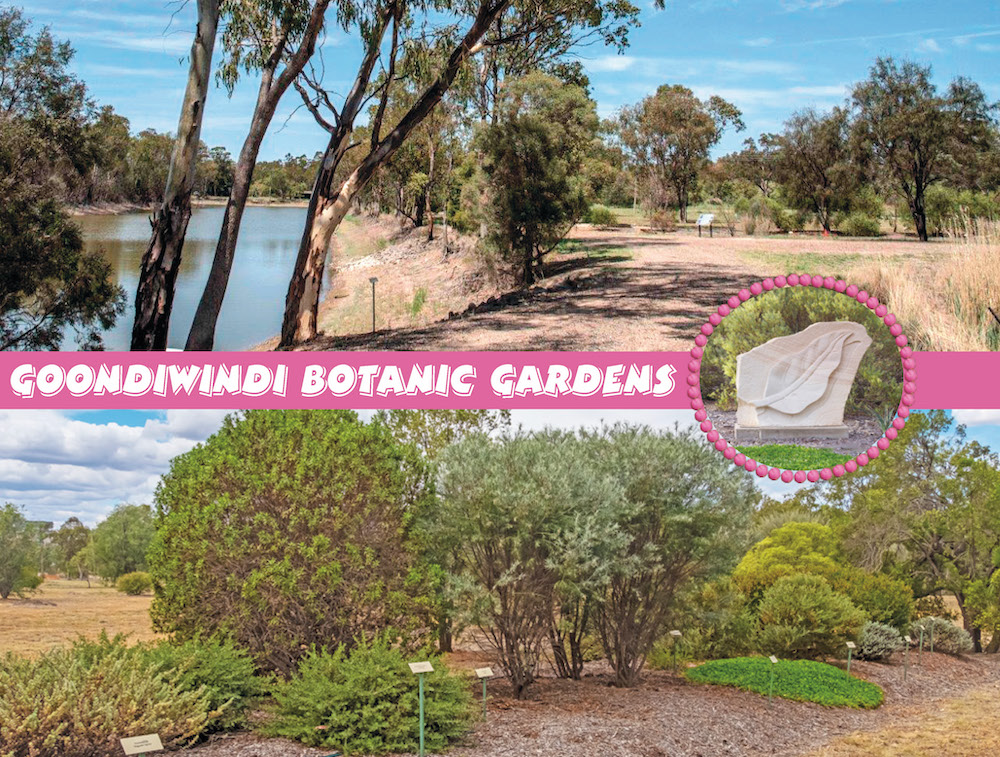

The Goondiwindi Botanic Gardens represent a true community involvement and a true community place. Looked after largely by volunteers of the Goondiwindi Botanic Gardens Inc club, the Gardens are a great place to come for a day out or for learning about regional flora. Apart from a vast display of plants of the Darling Basin, the Gardens include walking paths, barbecues, a function pavilion and provide for many other activities, including bi-monthly events to make the Gardens a focal point for people's enjoyment and learning about the flora and fauna of the wider Goondiwindi region.
The 25-hectare botanic garden in Goondiwindi region, established in 1988, is a relatively 'young' garden in comparison with the 38-hectare Melbourne Royal Botanic Gardens opened in 1846 or 30-hectare Sydney Royal Botanic Gardens established as early as 1816.
How did the Garden come to existence?
In 1980 the Grainco company approached the Council to ask for permission to excavate on the Crown Reserve land to obtain a fill for their bulk storage pads. The Council agreed on the condition that the excavating site would furnish an interesting shape with an island in the middle. While at the time there was no specific purpose in mind for the modified landscape site, soon after, in 1986 an avid naturalist and a WWII veteran Cecil (Tiny) Cameron proposed an idea of establishing Botanic Gardens in the region. (Cecil's nick name was dotingly Tiny, as he was the tallest man in the squadron.)
A public meeting was called and the idea was accepted. The concept of the new Gardens was to focus on the native plants of the Darling Basin. This is a unique approach, as other botanic gardens around Australia (such as Melbourne and Sydney) are usually focusing on the coastal plants, with often introduced plants from other regions as well. The Goondiwindi Botanic Gardens was to focus exclusively on the display of the region's native plants.
The excavated site lent itself to a natural solution as to where such Botanic Gardens could be established. They tested the excavated area's water holding capacity and as the hole kept the water (it did not dissipate into the ground), a lake was established and the Botanic Gardens of the Western Woodlands was born.
Since then, thousands of plants were planted, largely by volunteers of the club of the Goondiwindi Botanic Gardens Inc. The club has become a true asset to the Gardens, as much as the Gardens have become a true asset to the Goondiwindi region.
The top picture in the above image shows the lake surrounded by red river gum trees and by walking paths.
The bottom picture shows a raised garden bed of Eremophila genus low-growing shrubs going to mulga bush. Eremophilas are endemic (only grow in a particular region) to mainland and arid areas of Australia. Eremos is a Greek word for a dessert. There are about 270 species known in Australia. In the Goondiwindi region you will find species such as Eremophila bignoniiflora (commonly known as eurah or bignonia emu bush) that can grow from 1-8m, or Eremophila debilis, a popular ground cover shrub with white, pink to purple small flowers. Another species in this area is Eremophila deserti (commonly known as turkey bush) with honey-scented flowers. Or you may enjoy the sight of stunning Eremophila glabra (commonly known as tar bush) with tiny yellow-oange-red flowers.
In the middle section to the right (on the front cover image) is depicted a beautiful sandstone statue, aptly named 'Botanica', which was made for the Gardens by a former local resident Jonathon Crowther. We have encircled the image within an array of 'beads' of Eremophila debilis seeds with their lovely pink colour.
But the Botanic Gardens have much more than that. Beautiful walking paths take you to the bridges over the ephemeral wetlands (see below pic). These type of wetlands usually hold water for a certain period of the year only. They are 'pond-like' depression in the land where water can hold for some time but quite often during long no-rain periods they will dry out. These isolated pockets of land will create dynamic micro eco-systems attracting different plants species during their wet and dry times. You will find specific grasses and mosses, saltbushes and alike. Some amphibians (frogs) are especially attached to ephemeral wetlands as they would travel half a mile just to breed there during the wet season.
You will find in the Gardens many Acacia genus trees, such mulgas, (stinking) gidgees, classic brigallows for the area, wattle trees, weeping myalls tolerating the clay soil and many more (see some pics further in this article).
The lake and native plants attract many animals too, especially birds. The Goondiwindi Botanic Gardens are rich with birds variety and visitors love to come to the Gardens for bird watching.
You will be able to regularly see crested pidgeons, galahs, lorikeets, fairywrens, honeyeaters, magpies, kookaburras, friarbirds, doves, babblers and egrets and, of course, ducks in the lake. With a bit of luck and dedicated observation you may be able to spot owls, robins, falcons, figbirds, cormorants, songlarks, whistlers, koels or booboks and many other. If you spot a rare bird you can advise the Gardens and they will include your observation onto the list of spotted birds.
One way or the other, you could find something new in the Gardens every time you visit.
If you go for a stroll you may avail yourself to take a rest at some wonderfully and solidly crafted timber seats. On the right hand side of this particular seat you can see a sign erected. All through the Gardens there are plenty of signs explaining the species you can see right in front of you or close by.
The bottom picture depicts mulga (Acacia aneura) section of the Gardens. Mulgas are a common sight in inland arid areas of Australia. Aboriginals used them for making shields. Beneath the tree, in the root area, honey ants like making nests. Honey of the ants represented a delicious treat for hungry travellers.
You will also find dedicated sections with plants used by aboriginals for medicine and food. For example, saltbush leaves and seeds can be eaten - and yes, the leaves are salty, so you may be able to substitute this for salt too. Aboriginals also ground the leaves and root and soaked them in water and then applied on skin abrasions to promote healing.
There are many other activities offered. On the next page top picture you can see an old swing for jumping into the water. There is also kayaking and paddle-boarding available, family friendly areas with fenced kids playgrounds and picnic areas with free electric barbecues to name a few.
But none of this would be possible without dedicated and tireless work of many volunteers of the Goondiwindi Botanic Gardens club.
The President Mike Rival and the Treasurer and Event Organiser Deb Rae have a major hand over the clubs activities. Mike is a vet specialising in sheep with great knowledge of plants and gardens as well. Deb used to work on a farm at Talwood now run by her two sons.
The Club organises a family fun day about every two months called Botanic Beats. A day is full of games for the kids and young at heart, BBQs, bar, raffles and music usually by Split Image.
The event schedule for 2024 is as follows: - Sunday 25th February 2024 - Sunday 28th July 2024 - Sunday 29th September 2024
Come and enjoy your day out and learn about native plants of the Darling Basin.
You can also join the Club. Become a Member: Family $60, Fellowship $140, Business $160 annually E: goondiwindibotanicgardens@gmail.com Goondiwindi Botanic Gardens, PO Box 327 Goondiwindi Qld 4390 W: https://www.goondiwindibotanicgardens.org/
President: Mike Rival 0428 712 203 E: mikerival@bigpond.com Events Organiser: Deb Rae 0427 750 073 E: windamall56@gmail.com
At last but not the least, the Gardens have been embelished by special art of local artists. Below you can see enlarged version of the Botanica statue by Jonathon Crowther, a former resident of Goondiwindi. Scrap metal art is by a local artist and farmer Angus Wilson, who likes working with old material.
Special thanks goes to Goondiwindi Botanic Gardens, Deb Rae and Bruce McCollum who have provided the photos and much information for this article.
Written by Pocket Books.
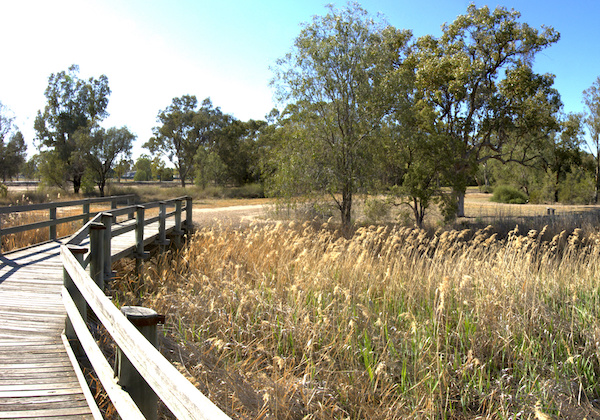
|
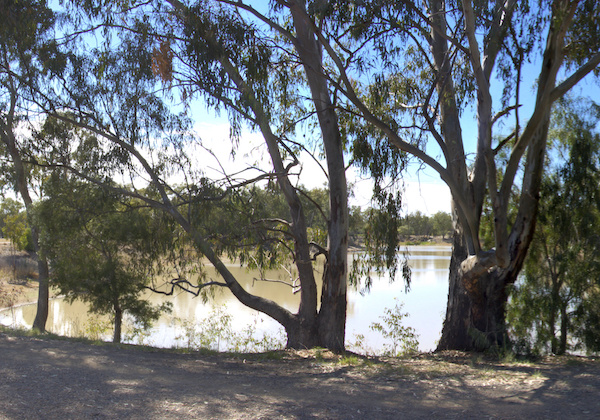
|
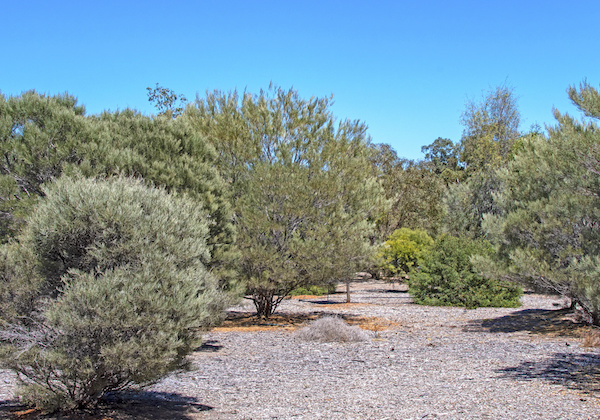
|
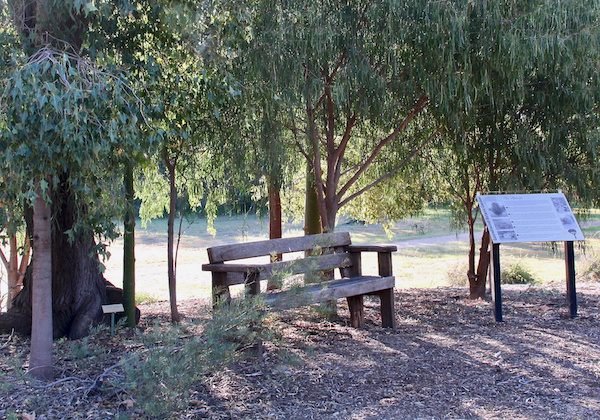
|
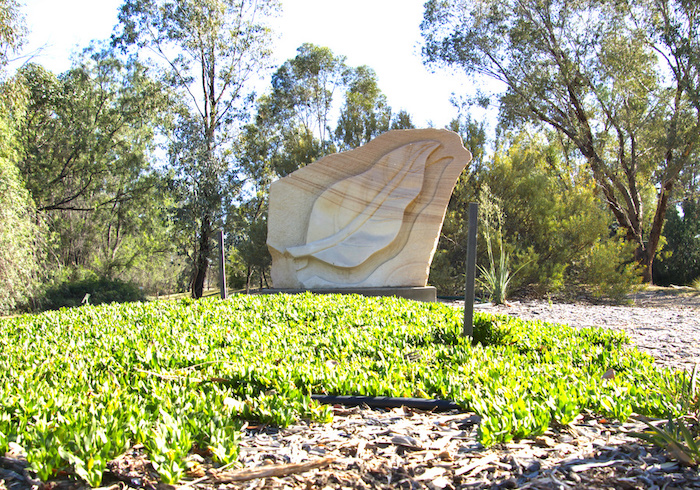
|
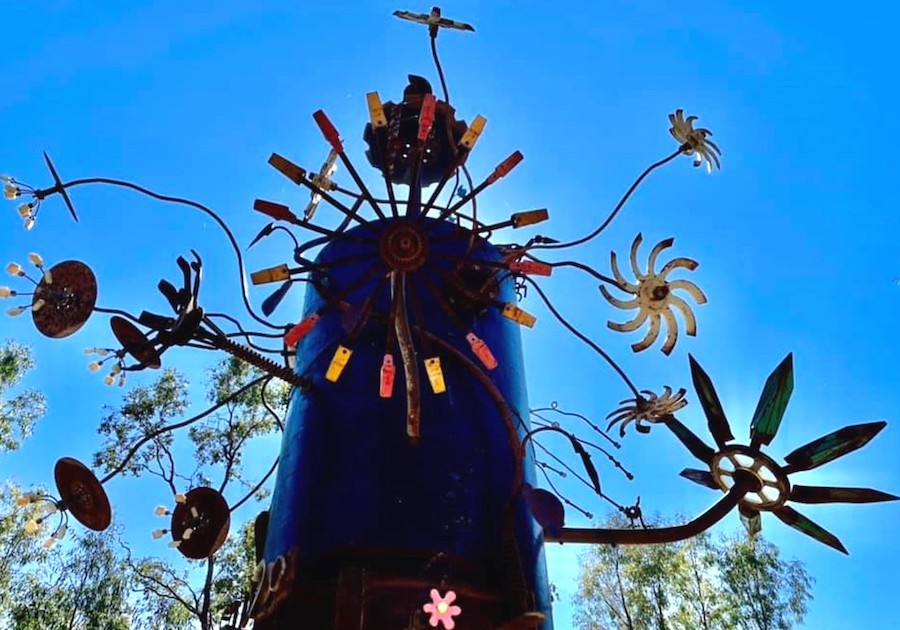
|